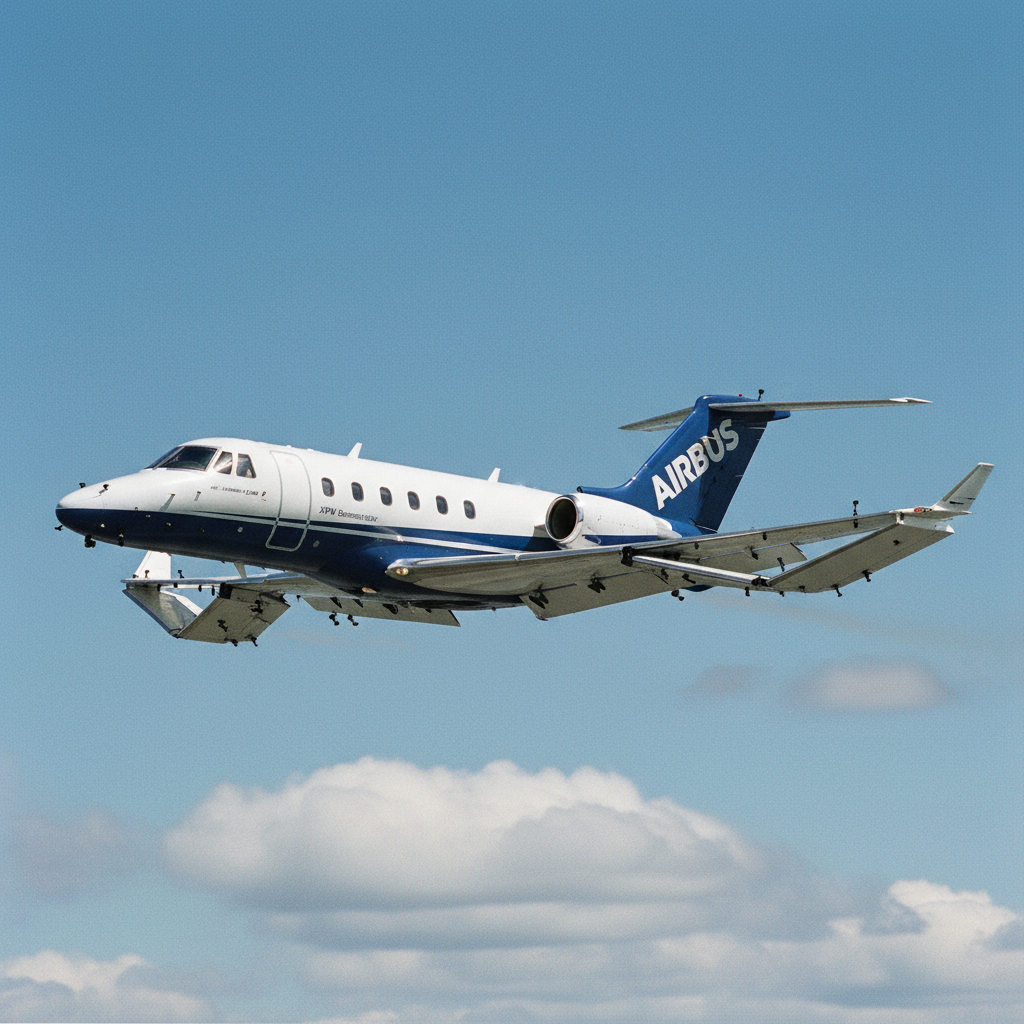Physical Address
304 North Cardinal St.
Dorchester Center, MA 02124
Physical Address
304 North Cardinal St.
Dorchester Center, MA 02124
Global aviation news tracker
Global aviation news tracker

Airbus is testing a morphing wing demonstrator on a modified Cessna Citation VII to validate efficiency and control ideas for its next-gen single-aisle jet.
The company has fitted its composite Extra Performance Wing — designed to deliver roughly 5–10% better aerodynamic efficiency — to a modified Cessna Citation VII business jet as part of the X-Wing demonstrator programme. Ground work is underway and flight testing is scheduled for 2026 in France, with the first flight expected from Cazaux in mid‑2026.
Funded by France, Germany and the United Kingdom, the demonstrator brings together adaptive profile surfaces, a higher aspect-ratio planform and full fly-by-wire controls. Airbus will operate the aircraft as a remotely piloted platform to push new wing and control concepts beyond conventional limits while protecting test pilots.
Beyond the core morphing wing hardware, the X-Wing trials will validate lidar-based turbulence detection and advanced videogrammetry — a camera-driven method to measure wing deformation in flight. These sensor suites aim to show how real-time data and adaptive structures can both boost cruise efficiency and simplify manufacturing for a future A320 successor single-aisle design.
The demonstrator’s adaptive profile technology allows the wing to change its camber and load distribution in flight, improving lift-to-drag across different phases. Airbus says data from the X-Wing will feed directly into its next-generation single-aisle research — the jet intended to follow the A320 family — helping engineers choose materials, control systems and production techniques.
Flight testing from Cazaux in 2026 will concentrate on handling, performance and structural behaviour while validating the new sensor and measurement systems in real-world conditions. If the programme hits its targets, the lessons could reduce fuel burn and emissions on future narrowbody fleets.